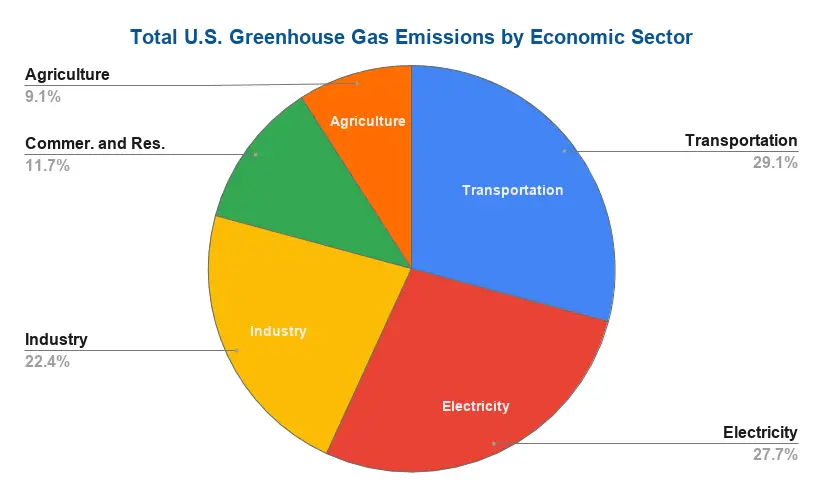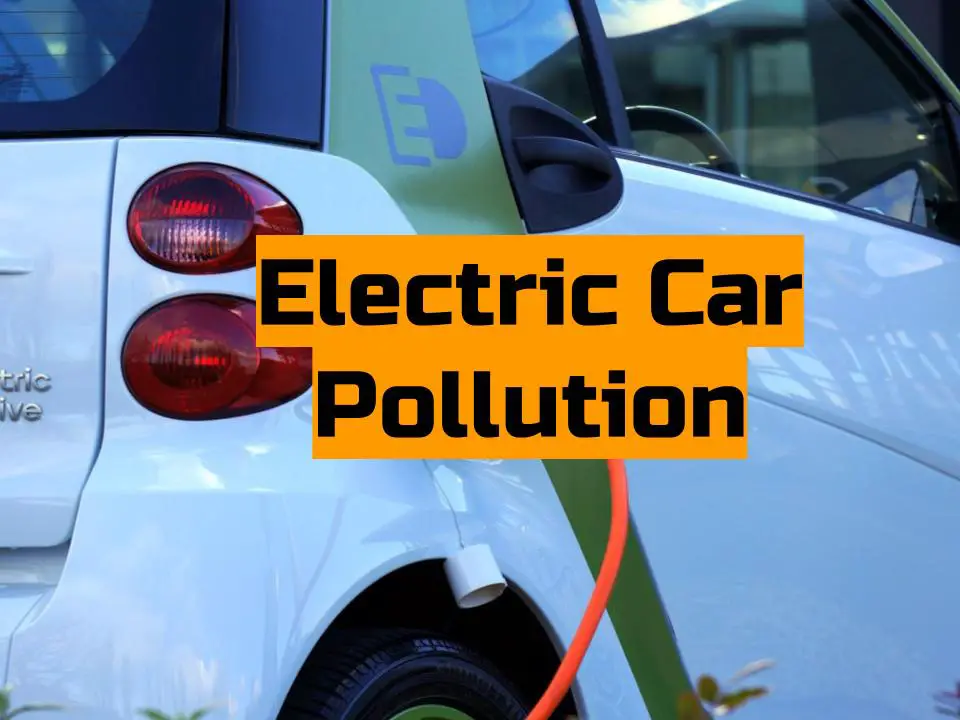Are you aware of flat-earthers? These people don’t believe that the earth is a sphere; they believe the earth is flat like a table. It does not matter whatever proof you give them — NASA video footage, satellite image — they won’t believe. According to them, every evidence is fake. There is another group of people who believe humans never went to the moon.
Now, we have electric cars. Some people do love their electric vehicles. Other groups of people don’t like EVs at all. This group often says that “Electric cars pollute more than gasoline cars.” You may be wondering EV runs on electricity, has no tailpipe emission unlike to a gasoline or diesel vehicle. Then how come they pollute? We are going to answer everything in this article.
In this post, we are going to objectively investigate whether or not electric cars pollutes more than gasoline or diesel cars.
An electric vehicle runs on electricity, and onboard battery stores this electrical energy. So, EVs have principally two sources of pollution. One, Pollution to produce electricity and Two, Pollution to manufacture and recycle EV battery. Let’s examine each point.
Pollution to Generate Electricity:
The electricity required to operate an electric car has to come from somewhere. In 2018, about 4,171 billion kilowatt-hours of electricity were generated in the United States, according to the federal government. Approximately 63.6% of this electricity generation was from fossil fuels, 19.4% was from nuclear energy, and 16.9% was from renewable energy sources. Renewables and nuclear are clean energy sources. So, we only need to talk about electricity generation from fossil fuels.
Out of the above mentioned 63.6% electricity generation from fossil fuels, 35.2% was from natural gas, and 27.5% was from coal — a total of 62.7%. The rest was produced from petroleum coke, petroleum liquids, and other gases.
According to the Environmental Protection Agency (EPA), this 63.6% electricity generation from fossil fuels was responsible for 28% of total CO2 emissions in the United States. However, all of this electricity was not used to recharge an electric car. Most of this went to power our houses and to run our industries.
Here is a chart for the total U.S. greenhouse gas emissions by the economic sector in 2017 [Source: EPA].

We see that the transportation sector produced more CO2 than the entire electricity production sector. Greenhouse gas emissions from transportation fundamentally come from combusting fossil fuel for our trucks, cars, planes, trains, and ships. More than 90 percent of the fuel used for transportation is petroleum-based, for example, gasoline and diesel [Source: IPC].
According to the U.S. Department of Energy, in 2018, Americans traveled a total of 3.21 trillion miles [Source]
Even an inefficient electric cars go more than 3 miles per kWh energy. If all of this 3.21 trillion traveled miles were from the electric vehicle, we would need only 3.21/3 = 1.07 trillion kWh electricity. In 2018, the U.S produced 2.65 trillion kWh of electricity from fossil fuel [Source] and was responsible for only 28% of total CO2 emissions, whereas, the transportation sector was responsible for 29% of CO2 emissions.
So, even if we transition all of our gasoline vehicles to electric vehicles and all of our energy comes from coal and fossil fuels, still, EVs will be greener than gasoline vehicles. It is primarily because a power generation plant is very efficient than a gasoline or diesel vehicle — A gasoline or diesel vehicle has an efficiency of around only 20 to 25%.
In short, even today, EVs are more environmentally friendly than gasoline vehicles.
Pollution to Manufacture and Recycle Electric Battery:
As of today, every electric car uses a lithium-ion battery. This battery has less toxic metals — primarily contains iron, copper, cobalt, and nickel — so lithium-ion batteries are usually classified as non-hazardous waste and deemed as safe for landfills and incinerators. However, nowadays, EV batteries are recycled, making electric car batteries more environmentally friendly.
The problem with Nickel and Cobalt mining is not an environmental but a political one. Nickel and Cobalt are primarily found in the Democratic Republic of Congo and central Africa. These countries sometimes use unethical and unsafe mining process. For example, in congo, seldom cobalt is extracted from the ground by hand using child labor, often without protective gear. However, this has nothing to do with the environment.
Lithium, on the other hand, is abundant in nature. It can even be produced from seawater. However, currently, Lithium is primarily mined from underground deposits. This mining process needs a lot of water — roughly 500,000 gallons per 2,000 lbs of lithium. Sometimes because of the mining company’s carelessness, lithium mining leaves the landscape marred by mountains of abandoned salt and channels loaded with contaminated water. However, it has a local environmental impact, but it’s not a global one.
Conclusion:
An EV has far less CO2 footprint than a gasoline vehicle. Like any mining process, Nicke, Cobal, and Lithium mining have some environmental impact, but it is not as big as some people claim it is.
Frequently Asked Questions Answered:
In light of the above article, we have answered the following questions.

